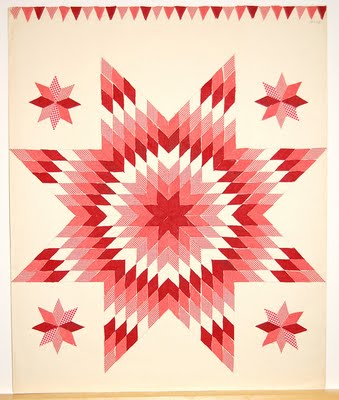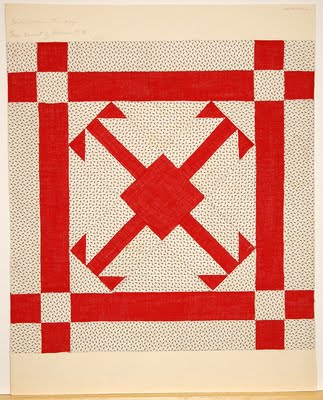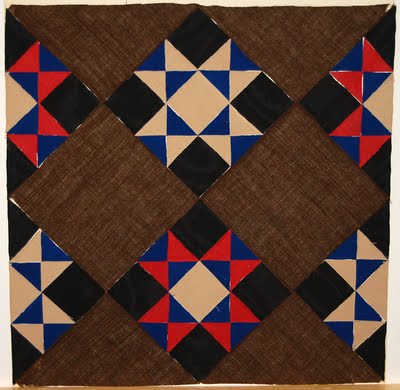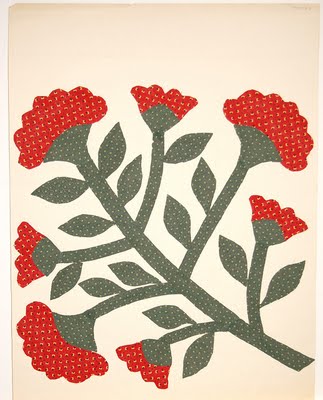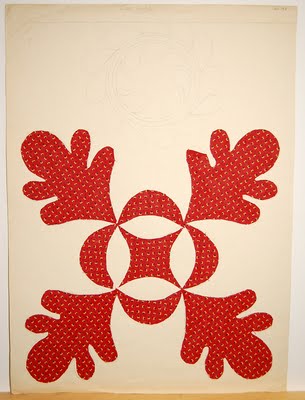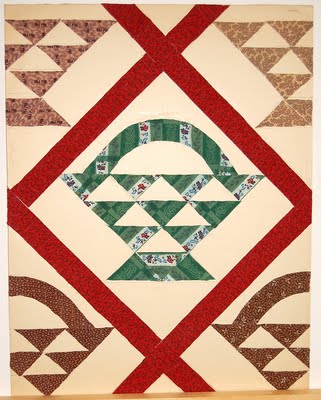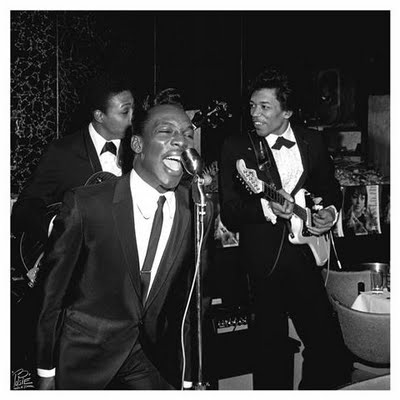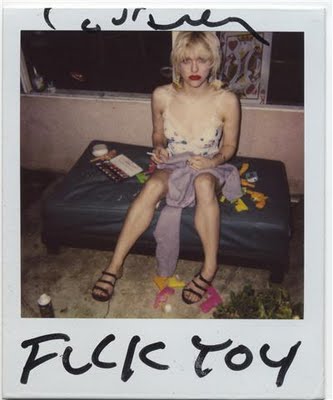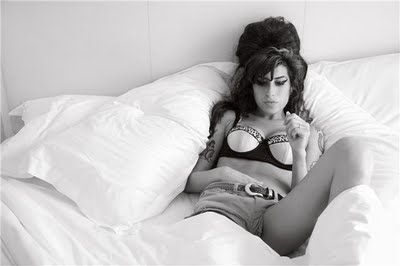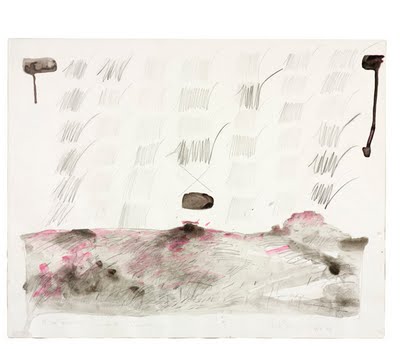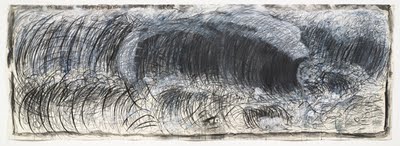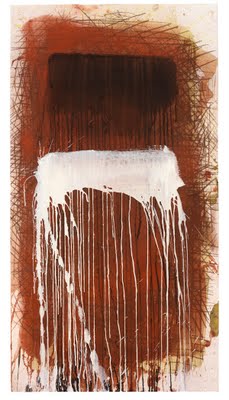ICA repairs storm damaged roof
Boston's Institute of Contemporary Art closed some galleries Thursday as it repaired damage to its roof caused by the recent storms, according to an ICA spokeswoman.
"As you know, we had an historic storm, and many buildings in the region were impacted," ICA director of marketing and communications Donna Desrochers told The New England Journal of Aesthetic Research on Friday. "It caused some water damage to the roof and as a precaution we closed a portion of the galleries so we could investigate and make any necessary repairs. Yesterday, only two galleries were closed to the public. The rest of the galleries were open to visitors. Repairs are now complete and all galleries are open."
One ICA visitor described the galleries that had been closed to The New England Journal of Aesthetic Research thusly: "The entrance to the Horn show was closed. A guard standing by directed visitors to enter the galleries on the opposite side. ... The closed galleries had plastic taped from floor to ceiling and tall temporary fabric walls obscured the views inside, and the lights were off."
"As you know, we had an historic storm, and many buildings in the region were impacted," ICA director of marketing and communications Donna Desrochers told The New England Journal of Aesthetic Research on Friday. "It caused some water damage to the roof and as a precaution we closed a portion of the galleries so we could investigate and make any necessary repairs. Yesterday, only two galleries were closed to the public. The rest of the galleries were open to visitors. Repairs are now complete and all galleries are open."
One ICA visitor described the galleries that had been closed to The New England Journal of Aesthetic Research thusly: "The entrance to the Horn show was closed. A guard standing by directed visitors to enter the galleries on the opposite side. ... The closed galleries had plastic taped from floor to ceiling and tall temporary fabric walls obscured the views inside, and the lights were off."





